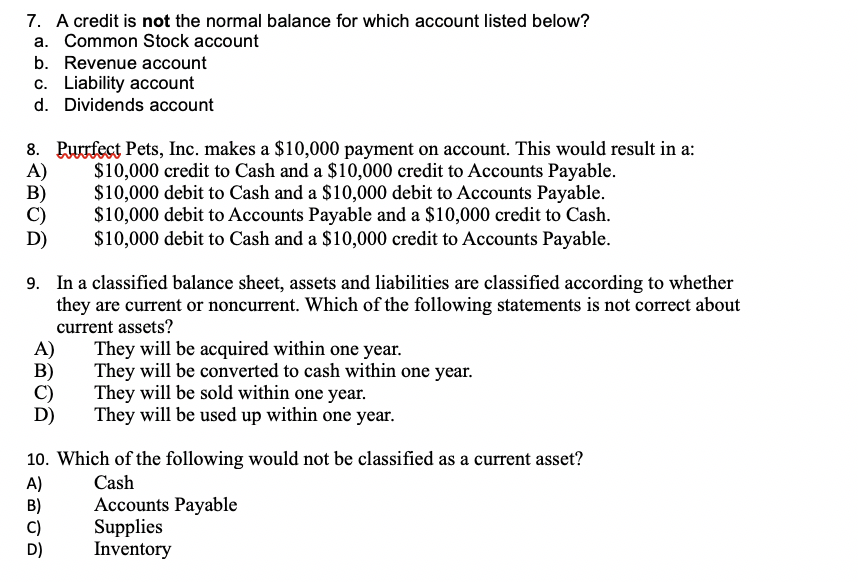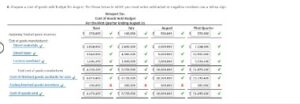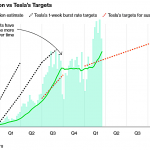
Learn more about Rootstock Financials by visiting the product page and watching a webinette about Rootstock financials. With robust reporting features, you gain valuable insights into your operations and identify areas for improvement. When you’re a Pro, you’re able to pick up tax filing, consultation, and bookkeeping jobs on our platform while maintaining your flexibility. Get $30 off your tax filing job today and access an affordable, licensed Tax Professional.
Production Costing Methods
It helps facilitate analysis and efficiency refinement for businesses that revolve less around each unit and more around repetitive procedures. These are the inventory tracking methods they accept for manufacturing businesses. By integrating your accounting software with Katana’s cloud manufacturing platform, you’ll get all these essential features and more. Get a demo of Katana, and see why thousands of manufacturers trust Katana to manage their entire business.
Process costing
These concepts are uncommon in other types of entities, or are handled at a more simplified level. This is a common accounting method that uses a weighted average of all products to determine and track inventory. Average costing is useful in situations where it is difficult to assign costs to specific or individual products. Many manufacturers use the ‘first-in, first-out (FIFO)’ method, where products are sold in the order they are added to inventory. A popular way of costing inventory; this could work for businesses that have products with a shelf life. You need to think beyond profit and loss to manufacturing costs such as the costs of materials, plus the cost to convert these materials into products.
See if you’re eligible for business financing

Activity-based costing (ABC) accounts for the overhead and indirect costs used to manufacture a product. If the toothpick shaper employee makes $50 per hour and can shape 1,000 toothpicks per hour, then the activity-based cost of the shaping operation is $0.05 per toothpick. Adding up the ABC of all operations provides the total ABC for a finished good.

How can Taxfyle help?
These different methods can impact inventory costs and COGS as raw material prices or markets fluctuate, especially for longer manufacturing processes. They sell goods, employ people, use equipment and facilities, pay vendors, and receive money from can i give invoice without being self employed customers. Where manufacturing accounting distinctly departs from the norm is in manufacturing costing. To gain a deeper understanding of manufacturing costs and make informed decisions, the software should incorporate data analytics capabilities.
What to look for in manufacturing accounting software
Standard costing is an accounting system where you establish standard rates for materials or labour used in production or inventory costing. Since then, many other industries have come to regard removing waste from their processes as beneficial to the bottom line. This insight is invaluable for businesses looking to maximize their profit margins while still providing a high-quality product or service for their customers. In recent years, technology has changed the way accountants work with faster access to data while also making it easier for them to analyze large amounts of information quickly and accurately. An automated inventory management system facilitates accurate inventory accounting and can greatly reduce the time and cost required to manage physical stock.
Let’s look at some general best practices you should follow to optimize your accounting system. Fixed labour costs could include contractors, technicians, and maintenance staff with set jobs to do with set fees. Variable costs, on the other hand, can include assembly line workers whose roles change as you produce higher volumes. a guide to revenue recognition This depends on whether the labour requirements of a particular job change as you add more volume. If you can’t keep track of every item in your inventory because the units are interchangeable, you must assume which ones you sell first. While you can’t know for sure which you sell first, this keeps your books organized.
- However, an ERP system can also be pricey, especially for small manufacturers or startups.
- This is a costing method that differs from job costing in that it incorporates more indirect costs, such as resource consumption.
- It helps facilitate analysis and efficiency refinement for businesses that revolve less around each unit and more around repetitive procedures.
- These tools serve to boost the efficiency with which your inventory is managed and the accuracy of your stock-on-hand records.
- While the cash method is often easier to implement, it’s not always the best way to organize your financial records.
The solution is to build a custom tech stack out of multiple smaller, cheaper, cloud-based systems that integrate to create a synchronised flow of data between each area of your business. Manufacturing costs can also be categorised as either variable costs or fixed costs. These include things like rent, asset depreciation, marketing, and office expenses – all of which may be necessary to operate a manufacturing business. Make sure they understand manufacturing in general and your business in particular. Cloud-based software will let you do this and will also produce a paper trail if required. With this knowledge you’ll be able to choose the right accounting system to help your manufacturing business grow.
In Chapter 2, we look at an alternative approach to recording manufacturing overhead called normal costing. The best manufacturing accounting software uses automation to ensure accurately recorded costs throughout the year, reduce admin time, and minimise the risk of human error. Production costing methods are manufacturing accounting methods used to calculate and analyse your costs to produce finished goods. We recommend using software that is well integrated with the overall production and inventory management solution of choice.
Training accounting staff and managers on esoteric and often complex systems takes time and effort, and mistakes may be made early on. Higher-skilled accountants and auditors are likely to charge more for their services when evaluating a cost-accounting system than a standardized one like GAAP. Cost accounting allowed railroad and steel companies to control costs and become more efficient. By the beginning of the 20th century, cost accounting had become a widely covered topic in the literature on business management. The main goal of lean accounting is to improve financial management practices within an organization. Lean accounting is an extension of the philosophy of lean manufacturing and production, which has the stated intention of minimizing waste while optimizing productivity.
It can cause added costs such as storage or cause reputation damage in the long term. With insufficient stock, you can also miss out on opportunities that could expand your what’s in an auditor’s report business. As most organisations in this field will produce a wide range of items, business leaders must work out the cost of their products and maximise their revenue.
The number of cost pools should be minimized to reduce the amount of allocation work by the accountant. This accounting method tracks individual items of inventory, which is useful if you can identify each item with, for example, a serial number or RFID tag. This can produce a higher degree of accuracy, but many manufacturers are unlikely to have items that have a unique identification. This is better for high-value items that need differentiation, rather than interchangeable items. This inventory valuation method operates under the assumption that the final product added to a company’s inventory is the first one sold. This accounting system allows you to work out the individual cost of manufacturing for a product and apply the right mark-up to get the project margin you desire.
Also, the schedule of cost of goods sold is simply included in the income statement. Many companies prefer this approach because it means they do not have to prepare a separate schedule. A relevant exception is inventory valuation which generally needs to conform to local jurisdictions for taxing purposes. Manufacturing companies often use data from the manufacturing accounting process to compile compliant financial reports. Capable inventory management and MRP software systems also automatically compile manufacturing accounting data into readily usable reports.
A new forklift might cost $75,000, but it won’t be worth that same amount after 3 years. Eventually, it will be decommissioned after it has lived its useful life and have a value of zero or a minimal salvage value. Depreciation is a way to financially account for the decrease in value of a physical asset over time. A comprehensive ebook with everything you need to know about accounting for manufacturers.
Capturing the cost of manufactured goods requires unique considerations and methods. Manufacturing cost accounting systems then must capture the cost of manufacturing but be flexible enough for many different manufacturing methods, processes, and technique. You must use cost-flow assumptions and inventory valuation methods to calculate the balance. Direct materials refer to the raw materials that manufacturers transform into finished products. Manufacturing accounting refers to the specialized branch of cost accounting that focuses on the financial management and control of manufacturing operations within a business.
The cost of wood, production labor, and packaging are all variable costs for toothpick production example. Work-in-process (WIP) or work-in-progress inventory refers to products that have made it through part of the manufacturing process but remain unfinished. Though they’re not ready for sale, these goods are still an asset on your balance sheet. It involves calculating the weighted average cost of all units available for sale during a given period. As a result, it’s worth investing in developing a deeper understanding of the related accounting and tax rules.

An accounting software or service can help you avoid costly mistakes and get a clear picture of your overall finances. With just a few clicks, you can access your business’s financial information from anywhere with internet. This app allows you to sync your accounting software between your desktop, laptop, tablet and other mobile devices. The accounting software is encrypted with state-of-the-art technology that ensures all data is protected so your clients are confident their payment information is safe. By doing this, you can work out the labour and material costs to produce a single unit of your product.
Cost of goods sold represents the cost of goods that are sold and transferred out of finished goods inventory into cost of goods sold. When investing in manufacturing accounting software, it’s important to find a system that contains all the features you need – and not too many that you’ll never use. If the software is too complex or too time-consuming to implement, you can end up without seeing any return on the investment.